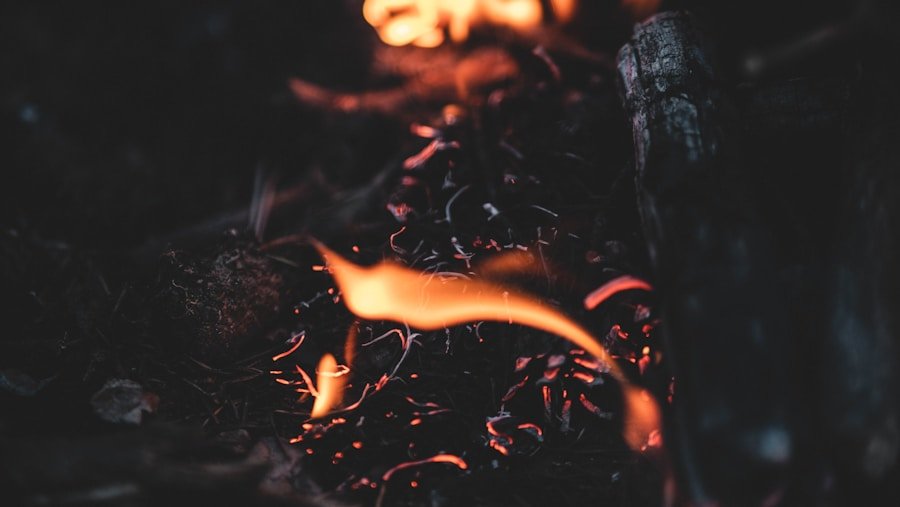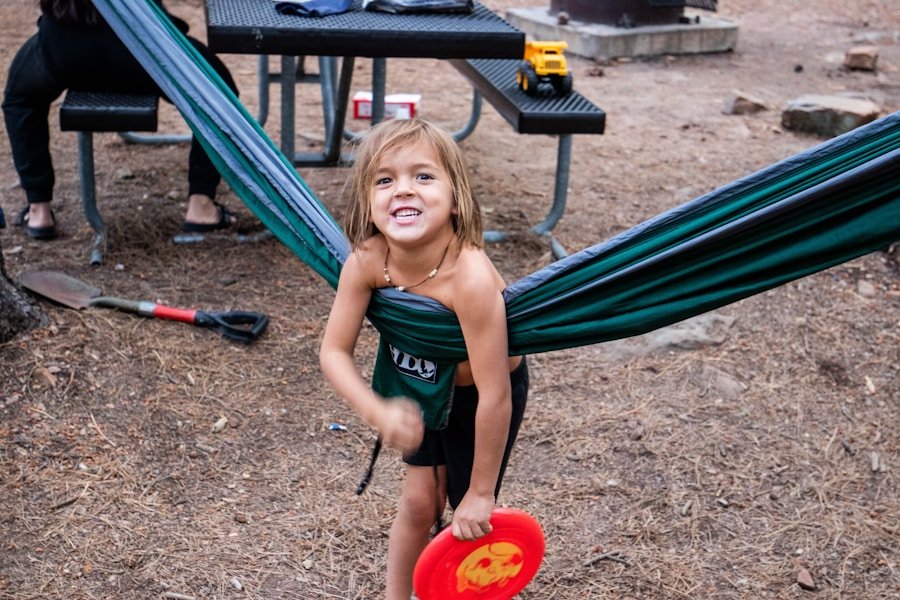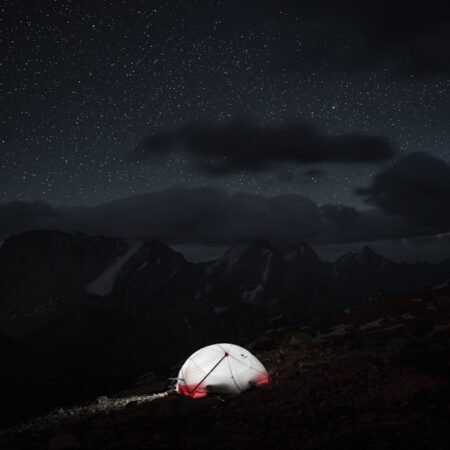Adventure camping provides an excellent opportunity to engage in outdoor activities, stay physically active, and immerse oneself in nature. Regardless of one’s level of camping experience, this type of camping offers a diverse range of experiences that cater to all individuals. The activities encompassed by adventure camping, including hiking, rock climbing, kayaking, and mountain biking, present a variety of challenges and thrills.
This comprehensive guide to adventure camping aims to provide readers with all the necessary information to plan and execute an unforgettable outdoor adventure.
Key Takeaways
- Choose a destination that offers the activities and scenery you desire for your adventure camping trip
- Invest in high-quality gear and equipment that is suitable for the activities and environment of your chosen destination
- Plan your trip carefully, considering safety measures and potential risks, and always be prepared for unexpected situations
- Engage in activities that suit your skill level and physical abilities, and be open to trying new experiences
- Practice responsible outdoor ethics by minimizing your impact on the environment and leaving no trace of your presence
Choosing the Right Adventure Camping Destination
Choosing the Right Destination
The first step in planning an adventure camping trip is selecting the ideal destination. With numerous options to consider, including national parks, wilderness areas, state forests, and private campgrounds, it’s essential to narrow down your choices. When deciding on a destination, consider factors such as the type of activities you want to engage in, your comfort level with difficulty, and the time of year you plan to embark on your adventure.
Considering Your Interests
For instance, if you’re an avid hiker and rock climber, you’ll want to choose a destination that offers challenging trails and rock formations to test your skills. On the other hand, if you prefer water-based activities like kayaking and fishing, look for a destination with lakes, rivers, or coastal areas that will provide you with ample opportunities to enjoy your favorite pursuits.
Factors to Keep in Mind
As you weigh your options, remember to consider the time of year you plan to visit your chosen destination. Certain activities may be seasonal, and you’ll want to ensure that the weather and conditions are suitable for your adventure. By taking the time to carefully select your destination, you’ll set yourself up for a successful and enjoyable adventure camping trip.
Essential Gear and Equipment for Adventure Camping
Once you’ve chosen a destination, it’s time to gather the essential gear and equipment you’ll need for your adventure camping trip. The specific gear you’ll need will depend on the activities you plan to do and the environment you’ll be camping in. However, there are a few basic items that every adventure camper should have, including a sturdy tent, sleeping bag, sleeping pad, backpack, hiking boots, and appropriate clothing for the weather.
If you plan to do any water-based activities, you’ll also need a kayak or canoe, life jacket, and paddles. For rock climbing or mountain biking, you’ll need specialized equipment such as a harness, helmet, and climbing shoes. It’s important to invest in high-quality gear that is durable and reliable, as it can make a big difference in your comfort and safety during your trip.
Tips for Planning a Safe and Enjoyable Adventure Camping Trip
| Activity | Location | Difficulty | Duration |
|---|---|---|---|
| Hiking | Mount Rainier National Park | Intermediate | 4 hours |
| Kayaking | Boundary Waters Canoe Area Wilderness | Beginner | Full day |
| Rock Climbing | Joshua Tree National Park | Advanced | 2 days |
| Mountain Biking | Moab, Utah | Intermediate | Half day |
Planning a safe and enjoyable adventure camping trip requires careful consideration of several factors. First and foremost, it’s important to research your chosen destination thoroughly to understand the potential risks and challenges you may encounter. This includes familiarizing yourself with the local wildlife, weather patterns, and terrain.
It’s also important to make sure you have the necessary permits and permissions for your chosen activities, as well as any required safety certifications or training. Additionally, it’s crucial to inform someone of your itinerary and expected return date before you leave for your trip. This way, if something goes wrong, someone will know where to look for you.
Adventure Camping Activities for All Skill Levels
One of the best things about adventure camping is that there are activities for all skill levels. Whether you’re a seasoned outdoor enthusiast or a complete beginner, there’s something for everyone to enjoy. For those new to adventure camping, activities like hiking, birdwatching, and fishing are great ways to ease into the experience.
As you become more comfortable with outdoor living, you can try more challenging activities like rock climbing, mountain biking, or whitewater rafting. No matter what your skill level is, there are plenty of opportunities to push yourself and try new things in the world of adventure camping.
Cooking and Meal Planning for Adventure Camping
Nutritious and Convenient Food Options
This means focusing on lightweight, non-perishable foods that are high in protein and carbohydrates. Some popular options include dehydrated meals, trail mix, energy bars, and canned goods.
Cooking Essentials
It’s also important to bring along a portable stove or campfire cooking equipment so that you can prepare hot meals when needed.
Snacking for Energy
Additionally, it’s a good idea to pack plenty of snacks and easy-to-eat foods for quick energy boosts throughout the day.
Leave No Trace: Practicing Responsible Outdoor Ethics
When enjoying the great outdoors through adventure camping, it’s important to practice responsible outdoor ethics and leave no trace of your presence behind. This means following guidelines for minimizing your impact on the environment by properly disposing of waste, staying on designated trails, and respecting wildlife and natural habitats. It’s also important to be mindful of noise levels and considerate of other campers who may be sharing the same space.
By practicing leave no trace principles, you can help preserve the natural beauty of the places you visit for future generations to enjoy.
Staying Safe and Prepared in the Great Outdoors
Finally, staying safe and prepared in the great outdoors is essential for a successful adventure camping trip. This means being aware of potential hazards such as wildlife encounters, extreme weather conditions, and physical injuries. It’s important to carry a first aid kit with essential supplies such as bandages, antiseptic ointment, pain relievers, and blister treatment.
Additionally, it’s crucial to have a plan for communication in case of emergencies, whether that means carrying a satellite phone or ensuring that you have cell phone reception in your chosen area. By being prepared for potential risks and knowing how to respond to them, you can enjoy your adventure camping trip with peace of mind.
FAQs
What is adventure camping?
Adventure camping is a type of outdoor recreational activity that involves staying in a tent or other temporary shelter in a natural environment, often in remote or wilderness areas. It typically includes activities such as hiking, rock climbing, kayaking, and other outdoor pursuits.
What are the benefits of adventure camping?
Adventure camping offers numerous benefits, including opportunities for physical exercise, stress reduction, and connection with nature. It can also provide a sense of adventure, self-reliance, and an escape from the demands of modern life.
What should I pack for adventure camping?
When preparing for adventure camping, it’s important to pack essential items such as a tent, sleeping bag, cooking supplies, food, water, appropriate clothing, navigation tools, and first aid supplies. Additionally, it’s important to consider the specific activities you’ll be engaging in and pack accordingly.
What safety precautions should I take while adventure camping?
Safety is paramount when adventure camping. It’s important to research the area you’ll be camping in, be aware of potential hazards such as wildlife and weather conditions, and follow Leave No Trace principles to minimize impact on the environment. Additionally, it’s crucial to inform others of your plans and have a means of communication in case of emergencies.
What are some popular adventure camping destinations?
Popular adventure camping destinations include national parks, state parks, wilderness areas, and other protected natural areas. Some well-known destinations for adventure camping include Yosemite National Park, the Grand Canyon, Glacier National Park, and the Appalachian Trail.













